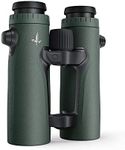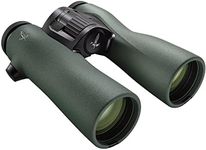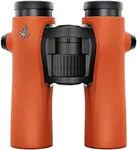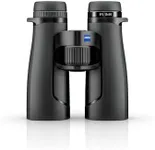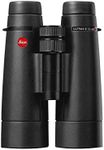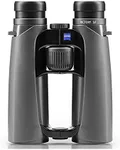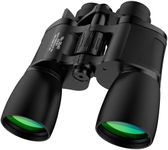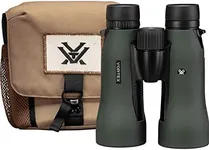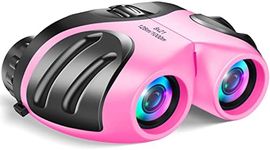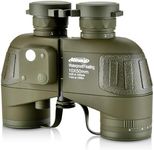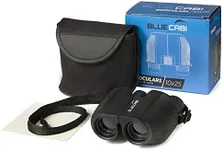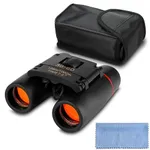Buying Guide for the Best Long Range Binoculars
Choosing the right long-range binoculars can greatly enhance your outdoor experiences, whether you're bird watching, hunting, or simply enjoying nature. The key is to understand the specifications that matter most and how they align with your needs. Here are some important specs to consider when selecting long-range binoculars.MagnificationMagnification refers to how much closer the object appears compared to the naked eye. For long-range binoculars, higher magnification is typically desired, such as 10x or more. However, higher magnification can also make the image shakier and harder to stabilize. If you need binoculars for detailed observation at great distances, opt for higher magnification, but consider using a tripod for stability.
Objective Lens DiameterThe objective lens diameter is the size of the front lenses, measured in millimeters. Larger diameters, like 50mm or more, allow more light to enter, resulting in brighter images, especially in low-light conditions. If you plan to use your binoculars in dim environments or for stargazing, choose a larger objective lens diameter. For daytime use, a smaller diameter may suffice and be more portable.
Field of ViewField of view indicates the width of the area visible through the binoculars, usually measured in feet at 1000 yards. A wider field of view allows you to see more of the landscape without moving the binoculars. If you're tracking moving objects or scanning large areas, a wider field of view is beneficial. For focused observation of distant objects, a narrower field of view may be acceptable.
Eye ReliefEye relief is the distance between your eyes and the binoculars' eyepieces while still seeing the full image. Longer eye relief, typically 15mm or more, is important for those who wear glasses, as it allows comfortable viewing without removing them. If you wear glasses, prioritize binoculars with longer eye relief to ensure a clear and comfortable view.
Prism TypeBinoculars use prisms to correct the orientation of the image. The two main types are Porro and Roof prisms. Porro prisms generally offer better image quality and depth perception but are bulkier. Roof prisms are more compact and durable but can be more expensive. If you need high-quality images and don't mind the size, Porro prisms are a good choice. For portability and ruggedness, opt for Roof prisms.
CoatingLens coatings improve light transmission and reduce glare, enhancing image clarity and brightness. Fully multi-coated lenses are the best, as they provide the highest quality images. If you need binoculars for low-light conditions or want the best possible image quality, look for fully multi-coated lenses. For general use, single or multi-coated lenses may be sufficient.
Weight and SizeThe weight and size of binoculars can affect comfort and portability. Larger binoculars with higher magnification and bigger objective lenses tend to be heavier. If you plan to carry your binoculars for extended periods or travel with them, consider lighter and more compact models. For stationary use or when image quality is the priority, heavier binoculars may be acceptable.
Waterproof and FogproofWaterproof and fogproof features protect binoculars from moisture and internal fogging, ensuring clear views in various weather conditions. If you plan to use your binoculars in wet or humid environments, or for activities like boating, choose models with these features. For dry and mild conditions, these features may be less critical.
